×
![]()
neos-952987: Instance-to-Instance Comparison Results
| Type: | Instance |
| Submitter: | NEOS Server Submission |
| Description: | Instance coming from the NEOS Server with unknown application |
| MIPLIB Entry |
Parent Instance (neos-952987)
All other instances below were be compared against this "query" instance.  |
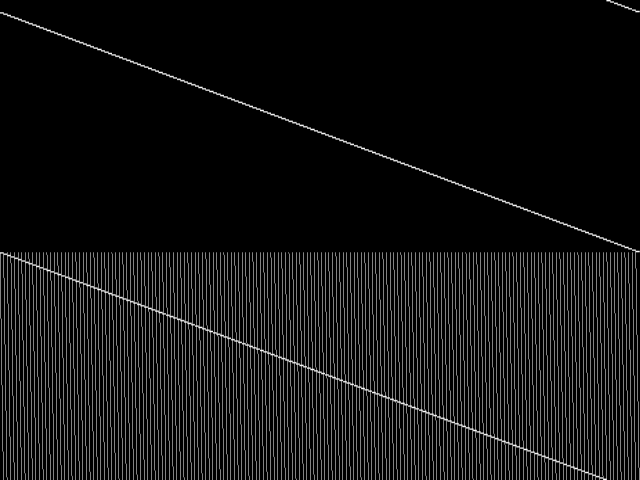 |
 |
 |
 |
 |
|
Raw
This is the CCM image before the decomposition procedure has been applied.
|
Decomposed
This is the CCM image after a decomposition procedure has been applied. This is the image used by the MIC's image-based comparisons for this query instance.
|
Composite of MIC Top 5
Composite of the five decomposed CCM images from the MIC Top 5.
|
Composite of MIPLIB Top 5
Composite of the five decomposed CCM images from the MIPLIB Top 5.
|
Model Group Composite Image
Composite of the decomposed CCM images for every instance in the same model group as this query.
|
MIC Top 5 Instances
These are the 5 decomposed CCM images that are most similar to decomposed CCM image for the the query instance, according to the ISS metric.  |
Decomposed
These decomposed images were created by GCG.
|
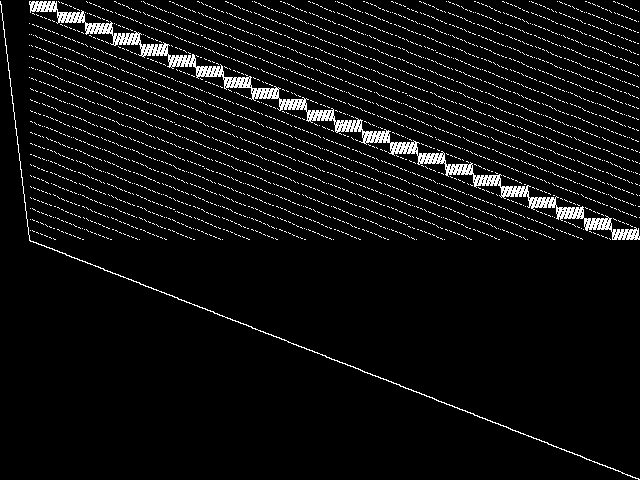 |
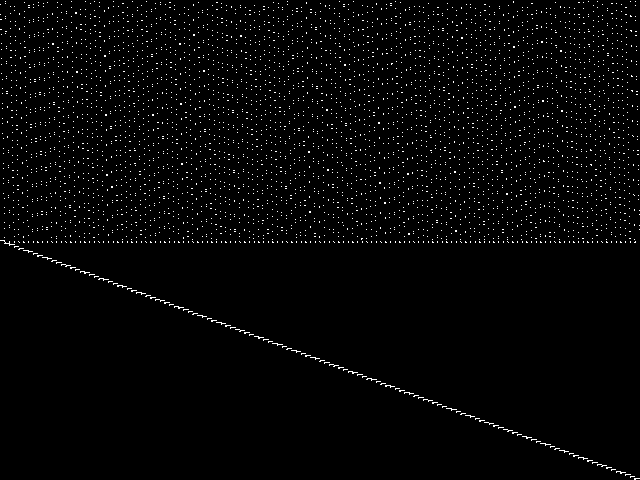 |
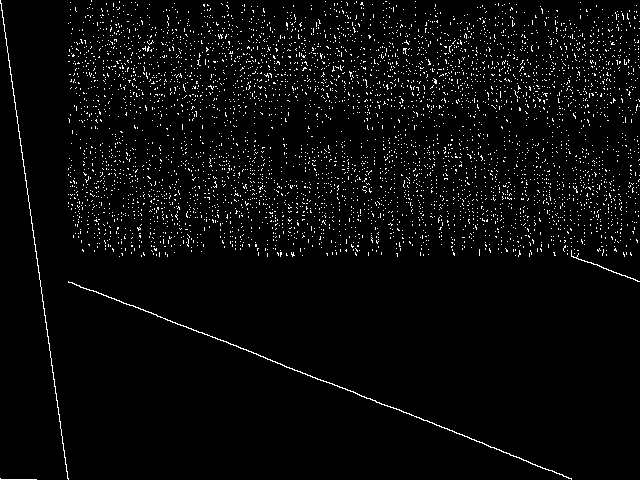 |
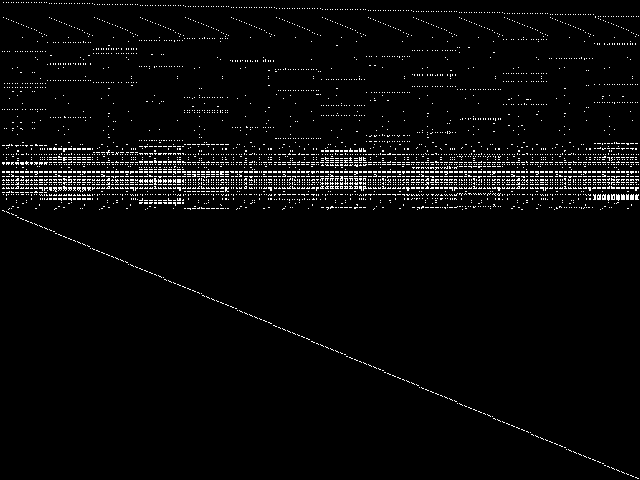 |
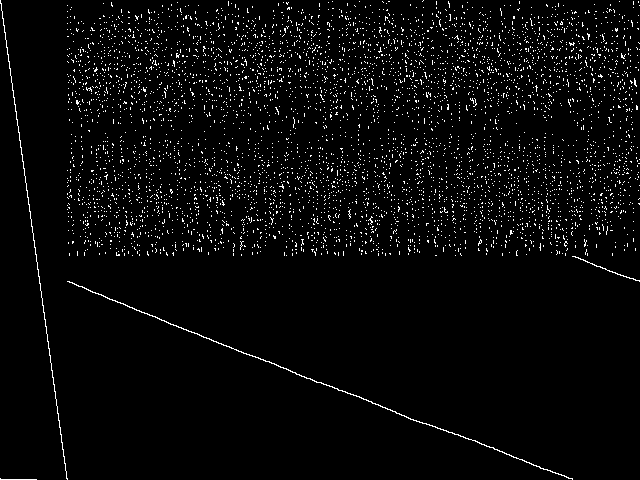 |
| Name | neos-848198 [MIPLIB] | ger50-17-ptp-pop-6t [MIPLIB] | neos-1445743 [MIPLIB] | ran14x18-disj-8 [MIPLIB] | neos-1445738 [MIPLIB] | |
|
Rank / ISS
The image-based structural similarity (ISS) metric measures the Euclidean distance between the image-based feature vectors for the query instance and all other instances. A smaller ISS value indicates greater similarity.
|
1 / 0.671 | 2 / 0.850 | 3 / 1.020 | 4 / 1.025 | 5 / 1.026 | |
|
Raw
These images represent the CCM images in their raw forms (before any decomposition was applied) for the MIC top 5.
|
 |
 |
 |
 |
 |
MIPLIB Top 5 Instances
These are the 5 instances that are most closely related to the query instance, according to the instance statistic-based similarity measure employed by MIPLIB 2017  |
Decomposed
These decomposed images were created by GCG.
|
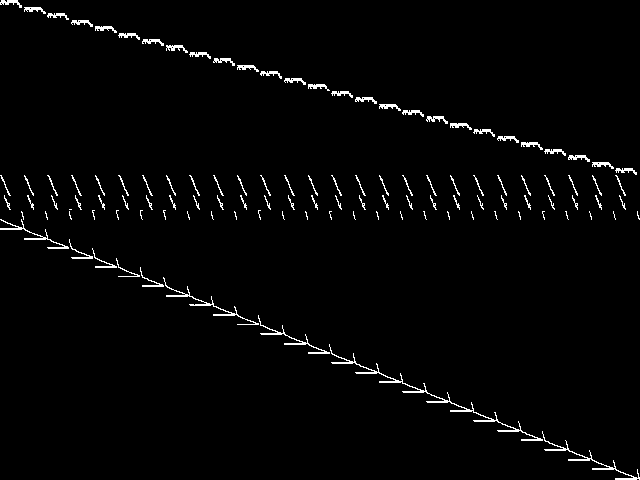 |
 |
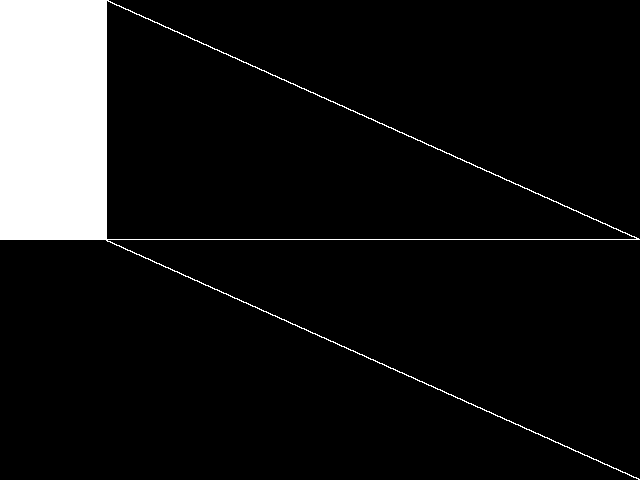 |
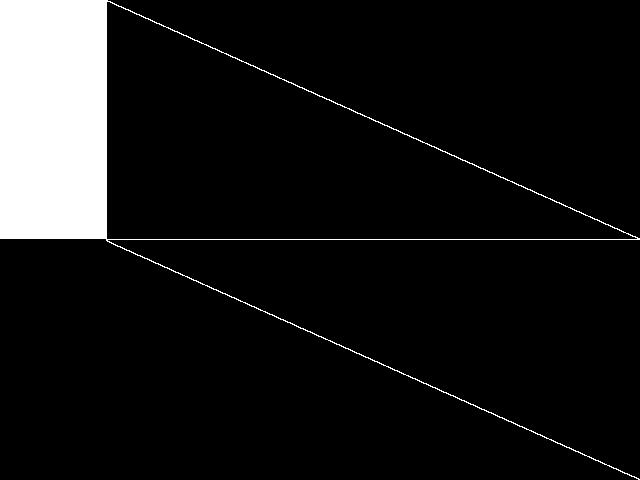 |
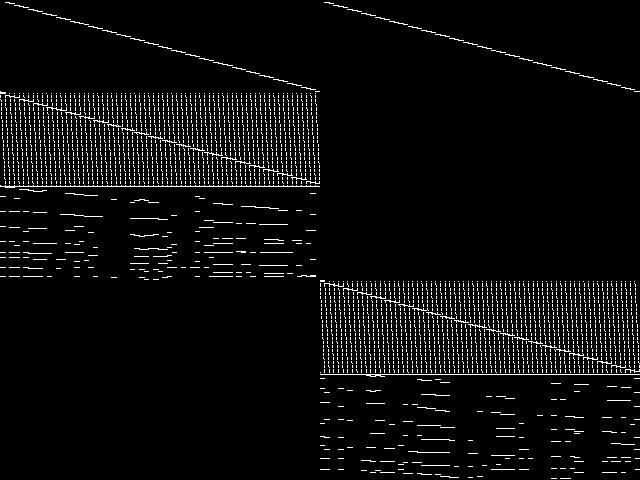 |
| Name | neos-3045796-mogo [MIPLIB] | 8div-n59k10 [MIPLIB] | 8div-n59k12 [MIPLIB] | 8div-n59k11 [MIPLIB] | neos-820879 [MIPLIB] | |
|
Rank / ISS
The image-based structural similarity (ISS) metric measures the Euclidean distance between the image-based feature vectors for the query instance and all model groups. A smaller ISS value indicates greater similarity.
|
112 / 1.654 | 278 / 1.867 | 302 / 1.885 | 303 / 1.886 | 588 / 2.077 | |
|
Raw
These images represent the CCM images in their raw forms (before any decomposition was applied) for the MIPLIB top 5.
|
 |
 |
 |
 |
 |
Instance Summary
The table below contains summary information for neos-952987, the five most similar instances to neos-952987 according to the MIC, and the five most similar instances to neos-952987 according to MIPLIB 2017.
| INSTANCE | SUBMITTER | DESCRIPTION | ISS | RANK | |
|---|---|---|---|---|---|
| Parent Instance | neos-952987 [MIPLIB] | NEOS Server Submission | Instance coming from the NEOS Server with unknown application | 0.000000 | - |
| MIC Top 5 | neos-848198 [MIPLIB] | NEOS Server Submission | Imported from the MIPLIB2010 submissions. | 0.671103 | 1 |
| ger50-17-ptp-pop-6t [MIPLIB] | C. Raack | Multi-layer network design problem using a link-flow formulation over a path-flow formulation. | 0.849666 | 2 | |
| neos-1445743 [MIPLIB] | NEOS Server Submission | Imported from the MIPLIB2010 submissions. | 1.020202 | 3 | |
| ran14x18-disj-8 [MIPLIB] | J. Aronson | Fixed charge transportation problem | 1.025141 | 4 | |
| neos-1445738 [MIPLIB] | NEOS Server Submission | Imported from the MIPLIB2010 submissions. | 1.025622 | 5 | |
| MIPLIB Top 5 | neos-3045796-mogo [MIPLIB] | Jeff Linderoth | (None provided) | 1.654327 | 112 |
| 8div-n59k10 [MIPLIB] | Sascha Kurz | Projective binary 8-divisible linear block codes A linear block code is called 8-divisible if the weights of its codewords are divisible by 8. It is called projective if there are no duplicate columns in the generator matrix. The possible lengths of 8-divisible linear block codes have been classified except for length n=59, where it is undecided whether such a linear code exists. The possible dimensions satisfy \\(10 \\le k \\le 20\\). Instance 8div_n59_kXX contains the corresponding feasibility problem. Projective binary 8-divisible linear block codes occur as hole configurations of so-called partial solid spreads in finite geometry. Binary 4-divisible linear block codes have applications in physics. | 1.867290 | 278 | |
| 8div-n59k12 [MIPLIB] | Sascha Kurz | Projective binary 8-divisible linear block codes A linear block code is called 8-divisible if the weights of its codewords are divisible by 8. It is called projective if there are no duplicate columns in the generator matrix. The possible lengths of 8-divisible linear block codes have been classified except for length n=59, where it is undecided whether such a linear code exists. The possible dimensions satisfy \\(10 \\le k \\le 20\\). Instance 8div_n59_kXX contains the corresponding feasibility problem. Projective binary 8-divisible linear block codes occur as hole configurations of so-called partial solid spreads in finite geometry. Binary 4-divisible linear block codes have applications in physics. | 1.884946 | 302 | |
| 8div-n59k11 [MIPLIB] | Sascha Kurz | Projective binary 8-divisible linear block codes A linear block code is called 8-divisible if the weights of its codewords are divisible by 8. It is called projective if there are no duplicate columns in the generator matrix. The possible lengths of 8-divisible linear block codes have been classified except for length n=59, where it is undecided whether such a linear code exists. The possible dimensions satisfy \\(10 \\le k \\le 20\\). Instance 8div_n59_kXX contains the corresponding feasibility problem. Projective binary 8-divisible linear block codes occur as hole configurations of so-called partial solid spreads in finite geometry. Binary 4-divisible linear block codes have applications in physics. | 1.885960 | 303 | |
| neos-820879 [MIPLIB] | NEOS Server Submission | Imported from the MIPLIB2010 submissions. | 2.077063 | 588 |
neos-952987: Instance-to-Model Comparison Results
| Model Group Assignment from MIPLIB: | neos-pseudoapplication-22 |
| Assigned Model Group Rank/ISS in the MIC: | 1 / 0.722 |
MIC Top 5 Model Groups
These are the 5 model group composite (MGC) images that are most similar to the decomposed CCM image for the query instance, according to the ISS metric.  |
These are model group composite (MGC) images for the MIC top 5 model groups.
|
 |
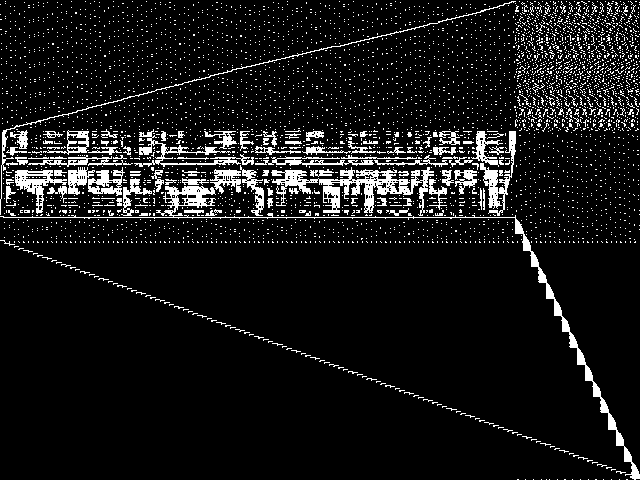 |
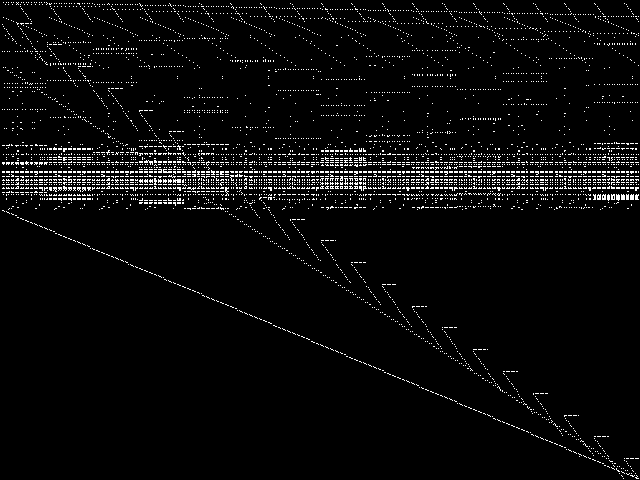 |
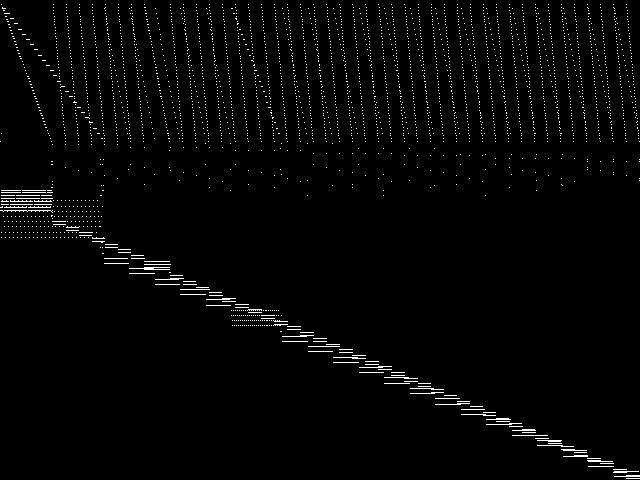 |
 |
| Name | neos-pseudoapplication-22 | ger50 | ran | fhnw-sq | neos-pseudoapplication-108 | |
|
Rank / ISS
The image-based structural similarity (ISS) metric measures the Euclidean distance between the image-based feature vectors for the query instance and all other instances. A smaller ISS value indicates greater similarity.
|
1 / 0.723 | 2 / 1.321 | 3 / 1.525 | 4 / 1.551 | 5 / 1.613 |
Model Group Summary
The table below contains summary information for the five most similar model groups to neos-952987 according to the MIC.
| MODEL GROUP | SUBMITTER | DESCRIPTION | ISS | RANK | |
|---|---|---|---|---|---|
| MIC Top 5 | neos-pseudoapplication-22 | Jeff Linderoth | (None provided) | 0.722975 | 1 |
| ger50 | C. Raack | Multi-layer network design problem using a link-flow formulation over a path-flow formulation. | 1.321253 | 2 | |
| ran | J. Aronson | Fixed charge transportation problem | 1.525068 | 3 | |
| fhnw-sq | Simon Felix | Combinatorial toy fesability problem: Magic square. Models 1 & 2 are feasible, model 3 is unknown. | 1.550681 | 4 | |
| neos-pseudoapplication-108 | NEOS Server Submission | Model coming from the NEOS Server with unknown application | 1.613420 | 5 |

